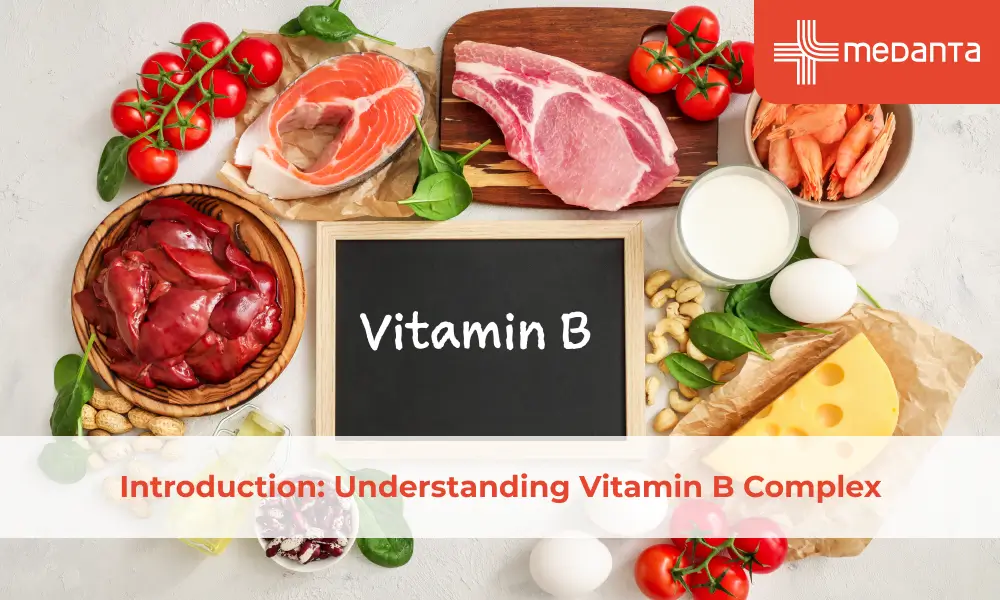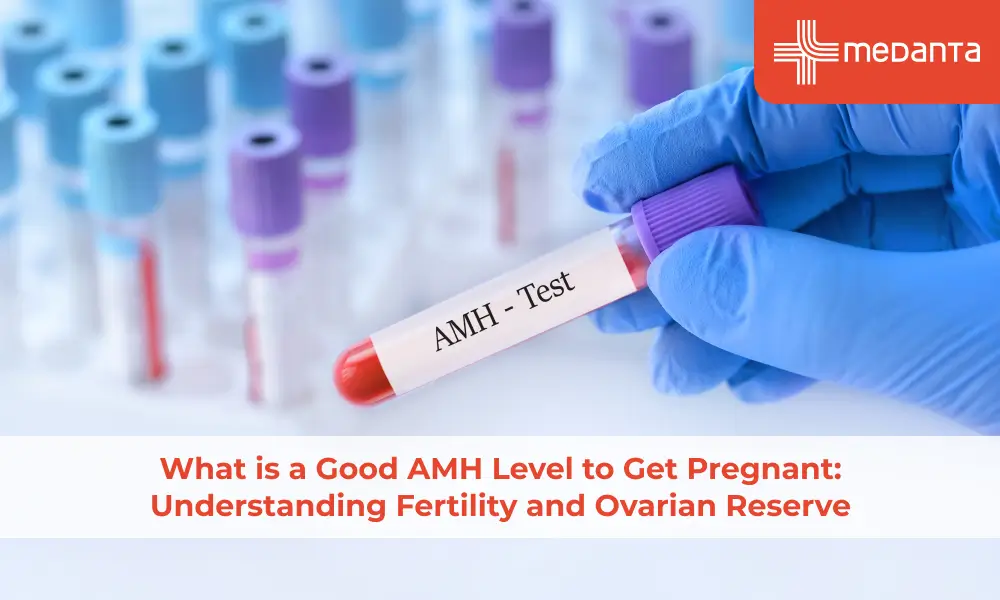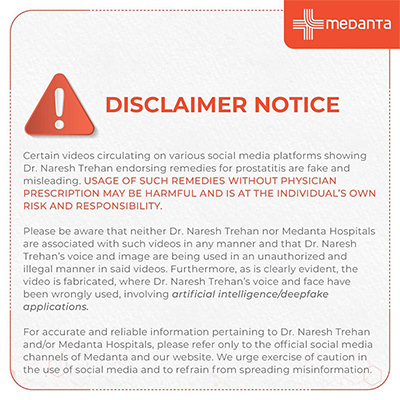How to Treat Chickenpox? Know the Symptoms and Management

TABLE OF CONTENTS
Chickenpox is one of the most common illnesses that everyone has had at least once in their life. It's incredibly contagious and can leave kids and adults miserable with its itching blisters and fever. Chickenpox usually goes away on its own, but knowing how to manage it can help you lead a more comfortable life. This blog will discuss everything you should know about chickenpox symptoms, home remedies, and things you need to do.
What is Chickenpox?
Chickenpox is a disease brought on by the varicella-zoster virus (VZV). It primarily occurs in children but can happen to anyone of any age. The infection results in an itchy red rash with fluid-filled blisters, accompanied by fever, tiredness, and body ache. Although it is usually mild in normal people, complications may arise, particularly in newborns, pregnant women, and people whose immune systems are weakened.
How Does Chickenpox Spread?
Chickenpox is contagious and spreads very easily by various means. Varicella-zoster virus (VZV), the virus that causes chickenpox, can infect an individual by direct contact, transmission via droplets, and by contact with contaminated surfaces. Here's how it spreads:
1. Direct Contact with an Infected Person
The most common mode of spread of chickenpox is through direct contact with the fluid-filled blisters on the skin of the infected. The virus infects and begins to multiply once the person touches these sores and proceeds to touch his or her nose, mouth, or eyes. Sharing bed sheets, towels, or clothes with an infected person can also make you infected.
2. Airborne Transmission
The virus is airborne, and it spreads via very small droplets that are released when a person with the infection coughs or sneezes. When you breathe in these virus particles, you will develop chickenpox symptoms 10-21 days after exposure. The airborne virus is highly contagious in confined areas such as schools, offices, and daycare centres.
3. Contaminated Surfaces and Objects
Although less frequent, the varicella-zoster virus can also be transmitted from contaminated objects, e.g., doorknobs, toys, remote controls, and furniture, for a few hours. Upon touching these surfaces and the face, eyes, or mouth, the individual becomes infected.
4. From Pregnant Mother to Her Baby
A pregnant woman with chickenpox can pass the virus to the foetus via the placenta. Infection during early pregnancy can result in congenital varicella syndrome, which will result in birth defects. If infection happens at the time of delivery, the newborn will have severe neonatal chickenpox, which is likely to be fatal.
How Long is a Person Contagious?
An individual with chickenpox is contagious 1-2 days before the rash erupts for as long as all of the blisters have crusted over, typically 7-10 days. That means individuals can transmit the virus without realising that they are infected.
What Are the Three Stages of Chickenpox?
Chickenpox goes through three distinct stages:
Macules (Red Spots) – Red, flat patches on the face, chest, and back start developing.
Papules and Vesicles (Blisters) – The red spots then become pus-filled bumps that evolve into fluid-filled blisters within a matter of hours and are itchy.
Crusting and Scabbing – The blisters crust over and shed within 7-10 days.
New blisters continue to develop over the course of several days, so all three phases may coexist simultaneously on different areas of the body.
Common Symptoms of Chickenpox
Signs and symptoms of chickenpox typically begin 10-21 days after becoming infected and resolve in 5-10 days. The most frequent symptoms are:
Itchy Rash – Begins as tiny red spots that eventually turn into blisters filled with fluid.
Fever – Usually mild but 102°F (38.9°C) in a few instances.
Weakness and Fatigue – General fatigue and body pain.
Loss of Appetite – Most individuals are less hungry.
Headache – Frequent in older children and adults.
In some instances, there is a complication or development of skin infection, pneumonia, or encephalitis in those with compromised immunity.
Home Remedies to Cure Chickenpox
There is no such chickenpox medicine that can totally eliminate the disease, but a few home remedies provide enough comfort to soothe chickenpox symptoms and quicken the process of recovery. Here's how you can cure the discomfort:
1. Oatmeal Baths for Relieving Itch
Oatmeal has anti-inflammatory chemicals that curb inflammation of inflamed skin and relieve itching. To prepare an oatmeal bath:
Grind 1 cup plain oatmeal into a fine powder.
Mix with a warm bath of lukewarm water and stir well.
Soak for 15-20 minutes to get relief from itching.
2. Calamine Lotion to Provide Skin Relief
Calamine lotion is also a remedy for getting relief from chickenpox symptoms, especially the itchy rash. A light application over the blisters will give relief. Do not apply on open sores or around the eyes.
3. Baking Soda Paste to Prevent Itching
Baking soda balances the skin's pH and is a coolant. Here's how to use it:
Mix 1 teaspoon baking soda with small water to form a paste.
Apply gently over the chickenpox blisters.
Wash off after 10-15 minutes for relief.
4. Cold Compress for Inflammation
A cold, wet compress on itchy spots can calm the skin and remove irritation for a while. Simply wet a clean cloth in cold water, ring it out, and cover the itchy spots.
5. Neem Leaves as Antiviral Support
Neem or Indian lilac possesses antiviral and antibacterial qualities that can avoid secondary infection. You can:
Crush fresh neem leaves and apply the paste to infected areas.
Boil neem leaves in water and take a bath in the flavoured water.
6. Hydration Is the Key
As the symptoms of chickenpox and fever can lead to dehydration, drinking lots of fluids is important. Drink water, coconut water, herbal teas, and fresh fruit juices but not sugary or caffeinated beverages.
Caring for a Child with Chickenpox: Do’s and Don’ts
Treating a child with chickenpox needs patience and meticulous care. The trick is to alleviate pain, avoid itching, and avoid complications. Here's what to do and what not to do:
Do’s: Essential Care Tips
Trim Their Nails Short – Scratching can cause blisters to burst and result in bacterial infections or scarring. If necessary, put them in soft mittens when you tuck them into bed.
Dress Them Loose, in Cotton Clothes – Tight or synthetic clothes can increase irritation. Light, silky cotton clothes keep them comfortable.
Encourage Rest and Fluid – Good rest and fluids allow the body to combat the infection earlier.
Administer Paracetamol for Fever – If the child develops a fever, paracetamol (acetaminophen) is a harmless medication to lower fever. But always seek the opinion of a physician regarding dosage.
Apply Cool Compresses to Itchy Areas – A cold washcloth or an oatmeal bath also decreases itching significantly.
Store Them in a Well-Ventilated Area – Adequate airflow prevents heat retention and minimises skin irritation.
Don’ts: Avoid These Mistakes
Never Give Ibuprofen or Aspirin – Ibuprofen can lead to more chances of developing serious skin infections, and aspirin can lead to Reye's syndrome, a rare but severe liver and brain disorder.
Avoid Taking Very Hot Baths – Hot water can worsen itchiness and irritation. Bathe only in lukewarm water.
Avoid Harsh Soaps and Lotions – Soap or lotion with chemicals or perfumes can irritate the skin. Use mild, fragrance-free soaps.
Do Not Make the Child Scratch Blisters – Scratching can lead to scarring and secondary infection. Use calamine lotion or antihistamines to manage itchiness.
Stay Away from Pregnant Women, Newborns, or People Who Are Immunocompromised – These individuals can be harmed by chickenpox, so isolate the child until their blisters have fully scabbed over.
Final Thoughts
Chickenpox is painful but typically heals without a problem if properly treated. Early identification of chickenpox symptoms can help you take the appropriate measures and recover quickly. Over-the-counter remedies can minimise discomfort. However, if your symptoms worsen, then consult a doctor at your nearest super-specialty hospital as soon as possible!
FAQs
What is the best chickenpox medicine for relief?
No antiviral is necessary for mild illnesses, but for severe illness, acyclovir can be given. Calamine lotion, over-the-counter antihistamines, and antipyretics manage symptoms.
Why does chickenpox happen and can it be avoided?
Chickenpox is due to the varicella-zoster virus. Chickenpox vaccine is the most effective prevention and causes lifelong immunity in most cases.
How long does chickenpox last?
Chickenpox usually lasts for 5-10 days. After about 7-10 days, the blisters lighten and the infected person feels more comfortable.
Can you get chickenpox twice?
Yes, you can definitely get chickenpox twice. After a person has been infected, they still have some traces of the virus in their body and can get affected.
When should I see a doctor for chickenpox?
You should go to a doctor is you have a very high fever, face difficulty breathing, or see pus-filled blisters in your body.






